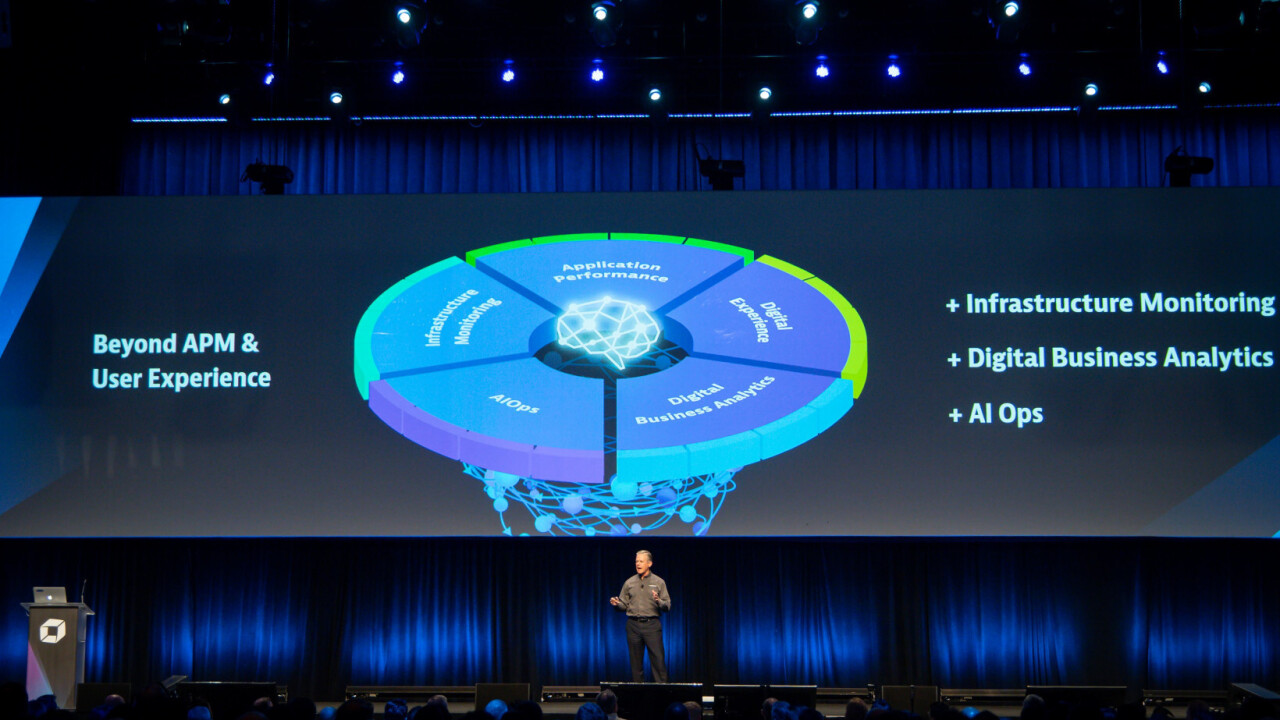
Many would argue that application performance management (APM) has already entered the mainstream. The problem is that valuable insights have been traditionally siloed across DevOps and Operations teams. But the absence of a holistic view of application code, supporting infrastructure, and end-user experience is unacceptable in a digital age where there is zero tolerance of downtime.
Emerging technologies are promising to change the world as we know it. Self-driving cars, facial recognition, drone deliveries, and nano-technology-based healthcare are just the beginning. The eventual arrival of 5G, combined with a myriad of IoT sensors, will also remove traditional constraints and capture real-time information in new ways.
High-speed connectivity and very low latency will make it even easier to connect more devices remotely in applications in digital environments where real-time network performance-critical. Welcome to a new age of frictionless commerce where fluid software-driven functionality and seamless connectivity is the norm.
As we prepare for a new digital future, it will be legacy thinking that will be more damaging for businesses than old hardware. Behind the headlines and shiny new tech solutions, it’s time to admit that software has already eaten the world.
However, in a digital age where experiences are more important than products or services, and a zero-tolerance for application performance issues, something has to change. With the emergence of multi-cloud landscapes, we need a new approach to APM.
At Dynatrace Perform in Las Vegas last week, Dave Anderson, SVP marketing at Dynatrace, delivered this warning through the medium of song. A Vanilla Ice re-write entitled “Full Stack Baby” attempted to prove that the unsung APM technology under the hood is equally as essential and arguably more so than the high-level tech and buzzwords that typically gets all the attention.
Full Stack Baby ??@Dynatrace #Perform2020 kicks off with some f-u-n ? pic.twitter.com/FCAVZe9jWe
— Need Sample Code (@NeedSampleCode) February 5, 2020
Technology needs to enable organizations to eliminate manual effort and quickly achieve observability. AI engines can anticipate what is expected in terms of application throughput for performance management. AI-powered answers for native mobile apps are also just scratching the surface of the possibilities available.
At Dynatrace, an AI engine Davis automatically ingests additional Kubernetes events and metrics. But what does this mean for businesses? It should indicate the beginning of a more proactive than reactive approach to APM. Real-time answers to performance issues across the full stack of Kubernetes clusters and containers could be the beginning of a game-changing moment for APM.
An AI-based approach can enable organizations to go beyond partial monitoring and best guesses. Precise answers that explain to tech teams precisely what, where, when, and why issues are impacting user experiences will also tackle the rising expectations of consumers.
In a world obsessed with tech buzzwords and the next big thing, Dave Anderson returned to the stage once again to offer an antidote to shiny tech for developers. This time the stage was set for a re-working of the Police classic with the lyrics changed to “Every click you take, every swipe you make, every code that breaks, every database, I’ll be watching you.”
Move over @OfficialSting, @daveando reimagines song Every Breath You Take for developers ????????????? @Dynatrace #Perform2020 #developers #everycodeyounreak pic.twitter.com/0A9jXj37hC
— Need Sample Code (@NeedSampleCode) February 6, 2020
Both businesses and consumers are helping complex technologies such as blockchain, AI, machine learning, 5G, and IoT converge. But we seldom talk about the responsibilities that come with new software, apps, and their critical dependencies.
Multi-dimensional analytics, crash reporting workflow, and granular segmentation capabilities are the unsexy side of IT that have fallen out of fashion in a world where everything is pitched at a high level. But the elimination of tech blind spots and streamlining of the error troubleshooting process is critical to every business.
The ability to identify the exact root cause and impact of problems wherever they occur before a support ticket is raised should be a priority. Keeping the lights on everything from backend applications, underlying cloud infrastructure, and networks to mobile apps and devices needs a different approach to APM.
Most business leaders would agree that they no longer have the luxury of wasting time reacting to anomalies that should have been avoided. The scale and complexity ahead for technical infrastructure will be unprecedented, whereas the value and impact will be much higher. For these reasons alone, automation will go from being a nice to have to a mandatory requirement.
Our obsession with technology comes with great responsibility. But full-stack observability can be linked directly to customer experience and your best defence against those pesky 1-star reviews on Yelp, Google Play or the Apple store. Maybe, Dave Anderson was right, and full-stack baby is actually something to sing about.
Get the TNW newsletter
Get the most important tech news in your inbox each week.




